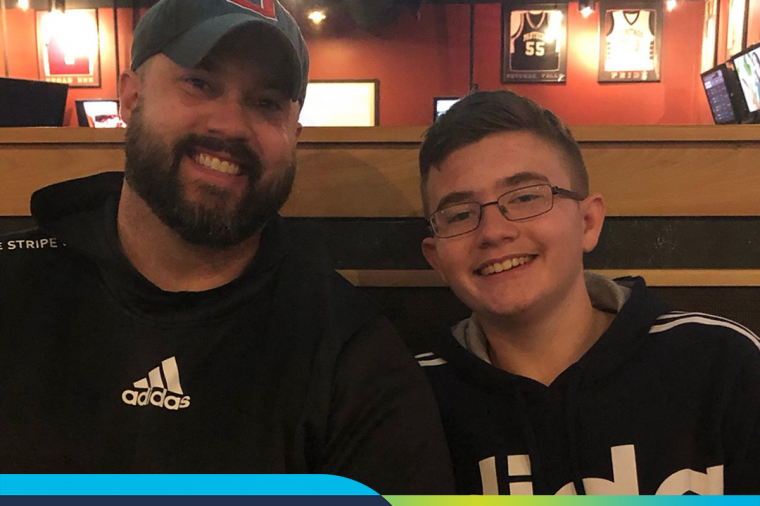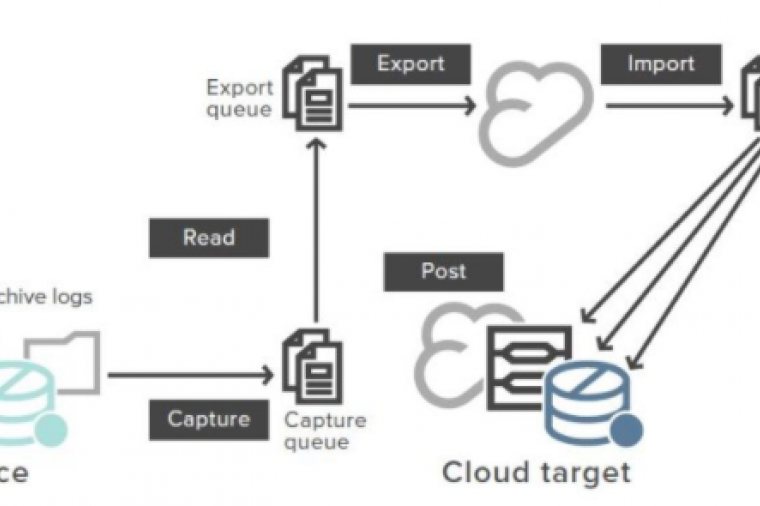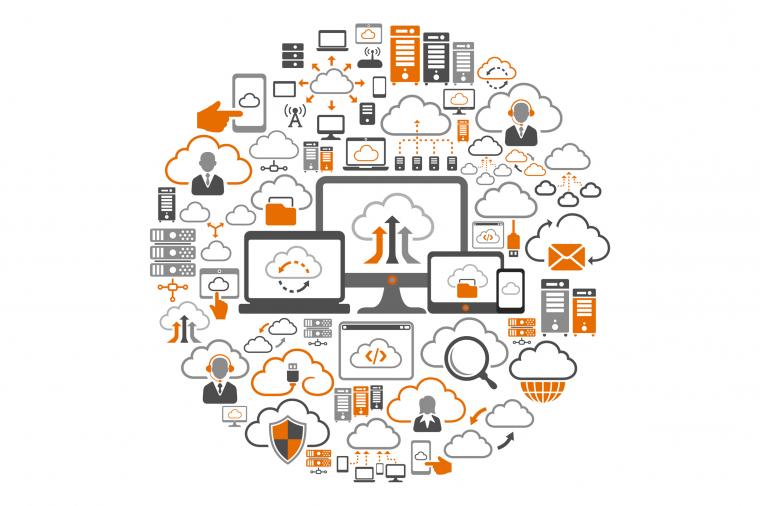Technically News scans thousands of industry articles to present you with a weekly source of IT news, information, and ideas that impact the public sector.
Federal Data Center Consolidation Changes Approach
Since 2011, the U.S. Office of Management and Budget has worked toward a goal of reducing the number of federal data centers by 40%. Last month, U.S. CIO Steven VanRoekel announced a revision to their consolidation approach due to too many shortcuts taken to achieve their goal and a loss of end-goal focus. Revising PortfolioStat, VanRoekel’s team identified nine metrics to analyze and assess data centers including energy footprint, utilization, and cost of ownership. GovTech goes in-depth into the issues plaguing the project and what these revisions mean going forward.
While many organizations are implementing Bring Your Own Device (BYOD) policies to lower their IT costs, as well as, reflect changing employee patterns, many forget to consider mobile security as part of their strategy. In a recent report, the Defense Department’s inspector general uncovered flaws in the Army’s own BYOD policy. Among his findings were over 14,000 unaccounted for mobile devices, a lack of centralized mobile security, and a lack of safe mobile security training. GCN has a full breakdown of the report.
Government CIOs Need Line-of-Sight Authority
Roger Baker, the former chief information officer (CIO) of the Department of Veterans Affairs, and Van Hitch, the former CIO of the Justice Department, agree that in order for the government to fully utilize the advances in IT, CIOs must be given line-of-sight authority. In a recent commentary piece in the Washington Post, the two former CIOs outlined why the public sector lags so far behind the private when it comes to productivity gains from technology and how that gap can be closed.
Everyone Has a Role in Cybersecurity
Maggie Wilderotter is chairman of President Obama’s National Security Telecommunications Advisory Committee and she has a message for you: everyone has a role to play in our nation’s cybersecurity. In a recent blog on TheHill.com, Maggie outlines the telecommunications industry’s view on cybersecurity and how they are working to prevent cyberattacks. Among those efforts are implementing authentication and password security, intrusion detection systems, and spreading physical infrastructure to lessen chances of an overall attack.
Phone-DOS Attacks Target Government Offices
Recent Denial-of-Service (DOS) attacks on critical phone systems have forced the Homeland Security Department to alert government emergency communication centers to the risk. The DOS attacks work similarly to web-targeted DOS hacks: Someone floods the phone lines, blocking any calls from getting through. Attacks have occurred at Public Safety Answering points, ambulance services, and other critical phone systems. GCN has a full report.

































